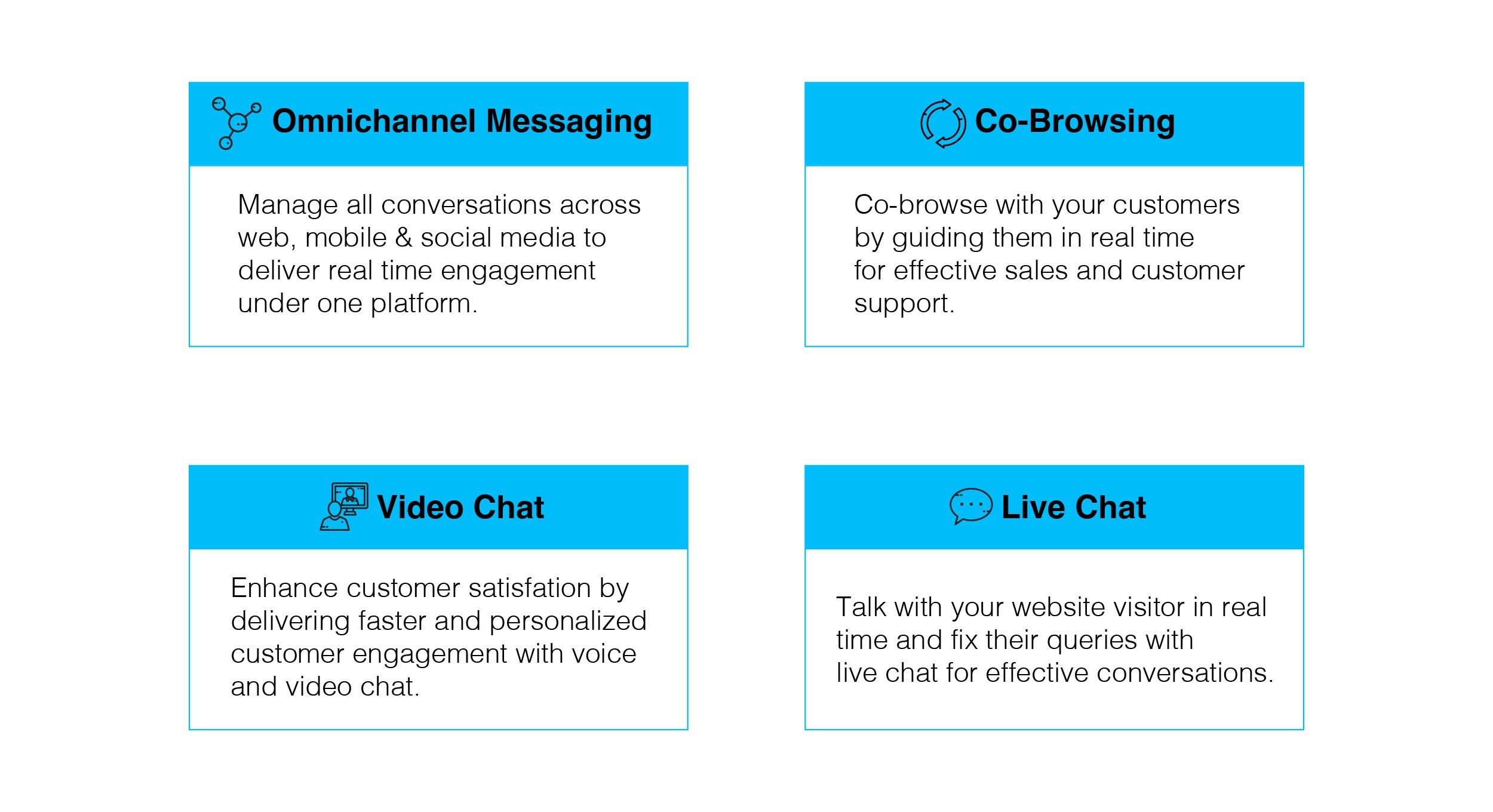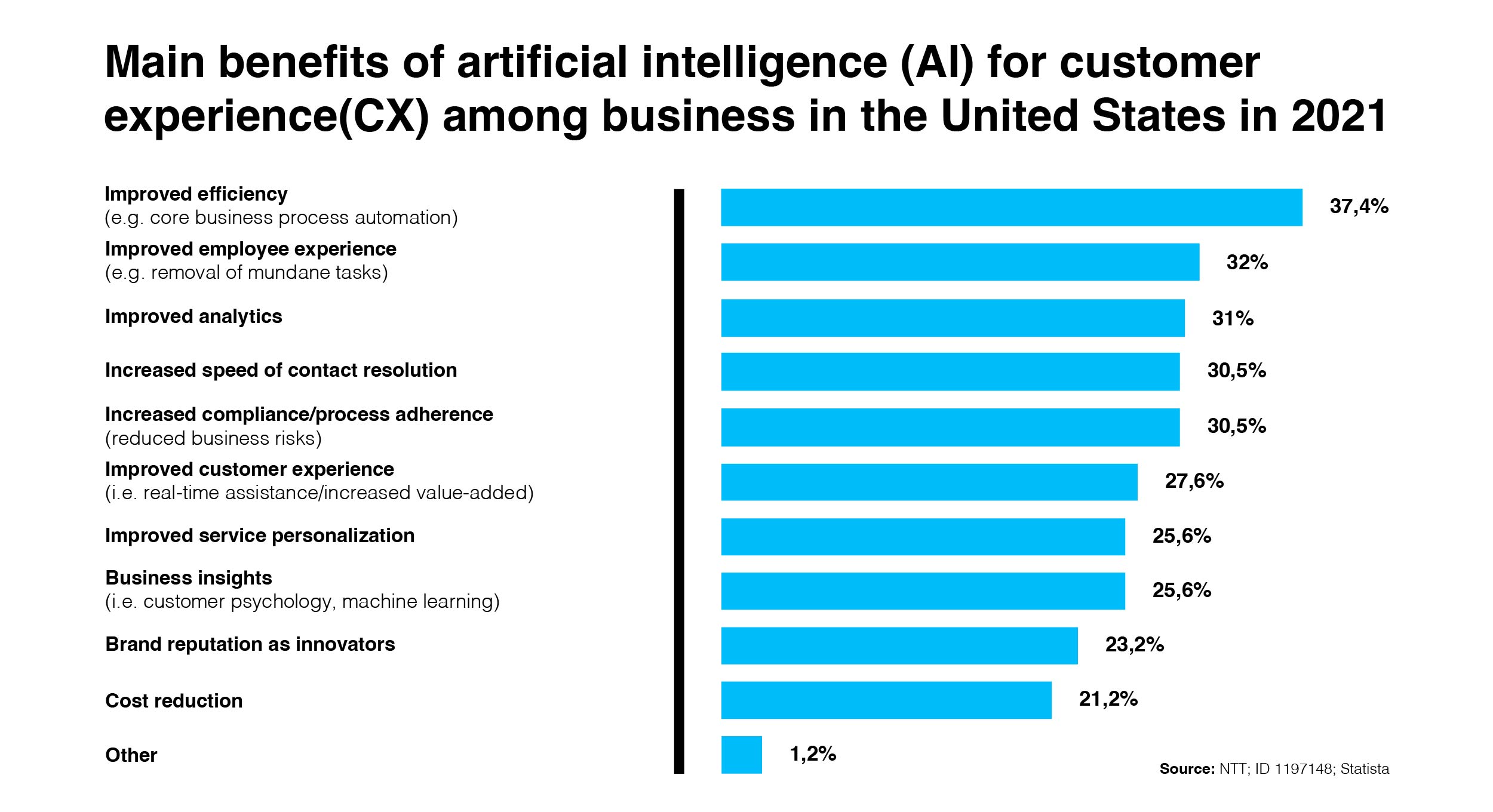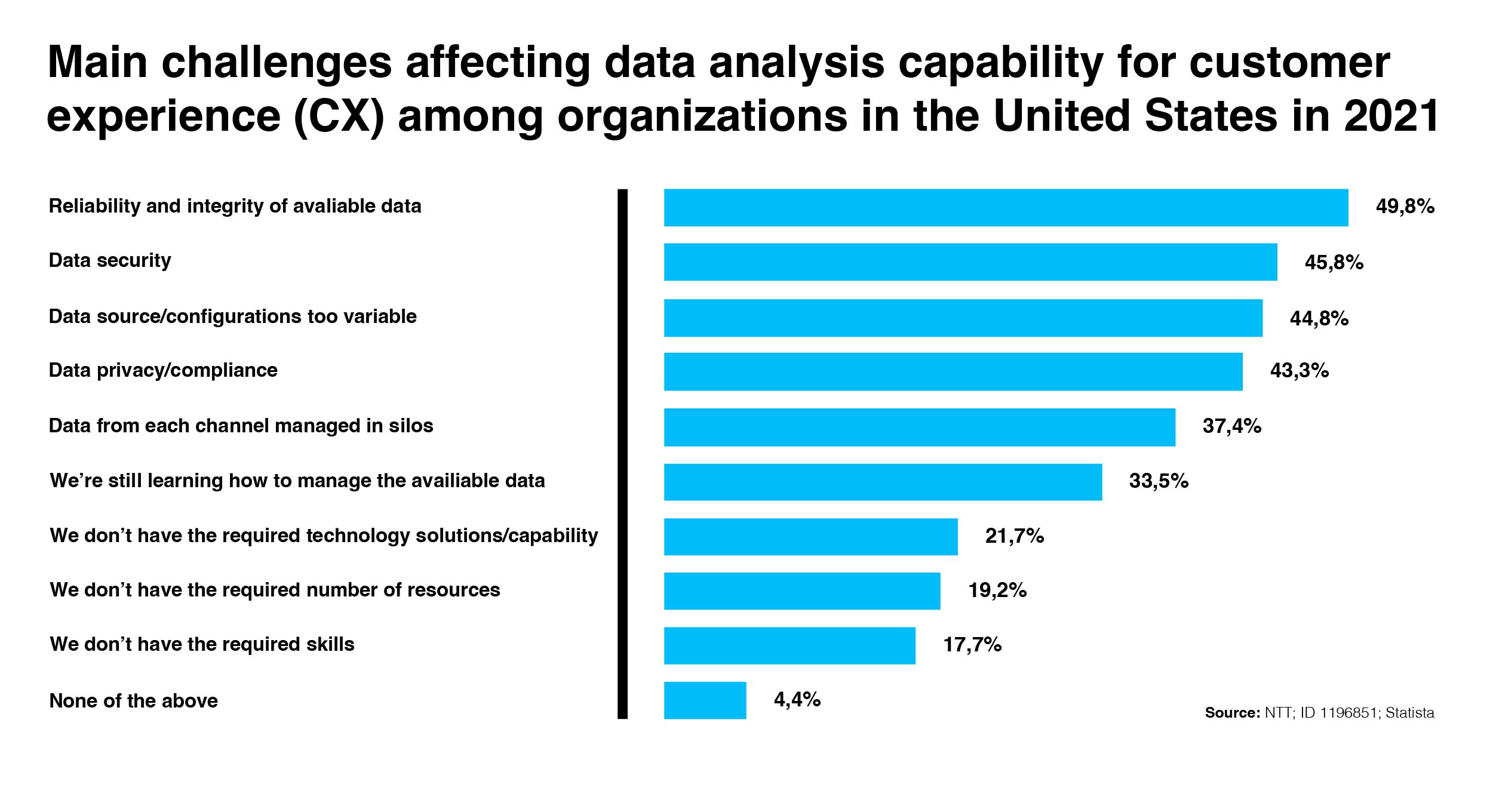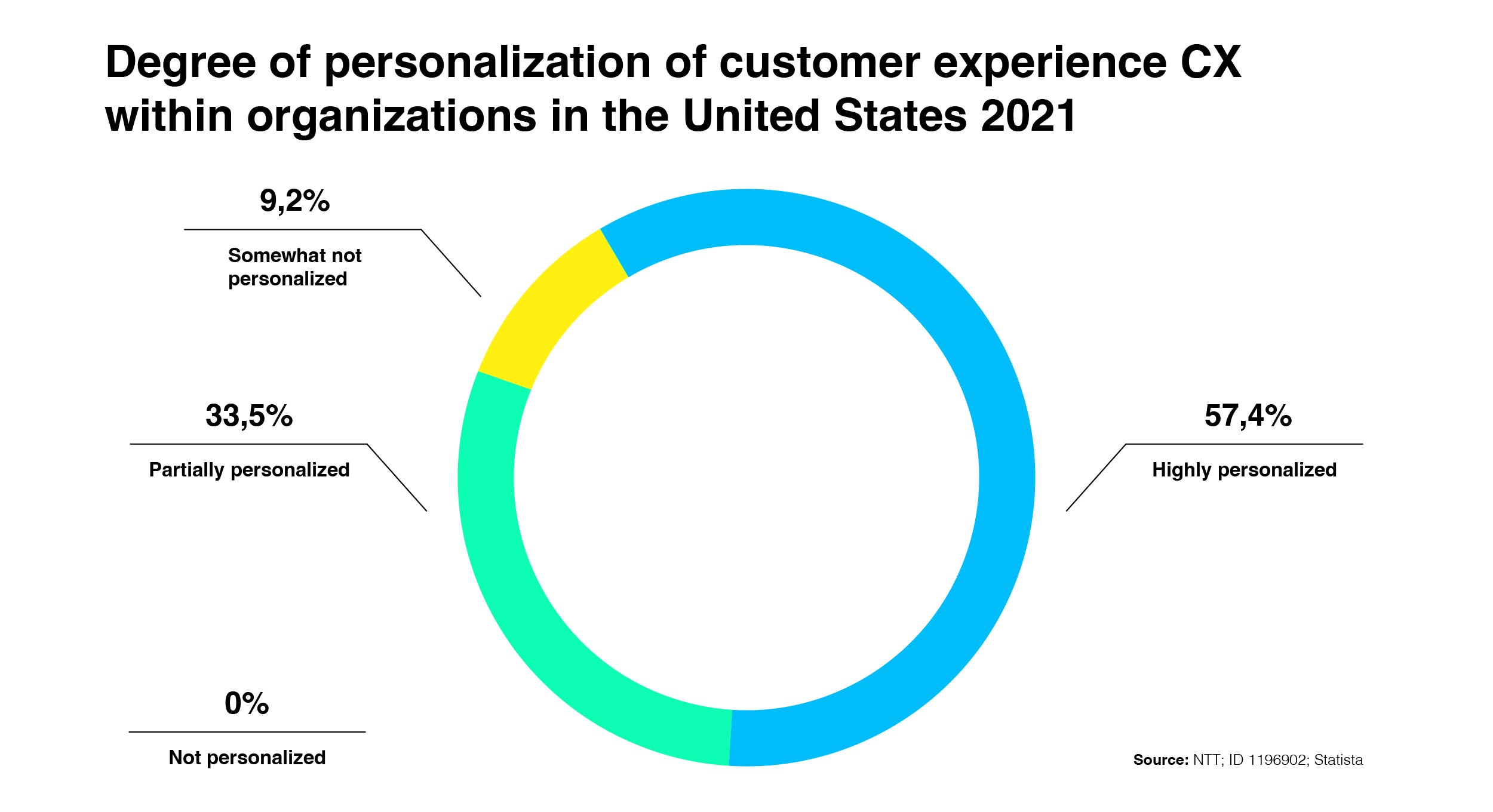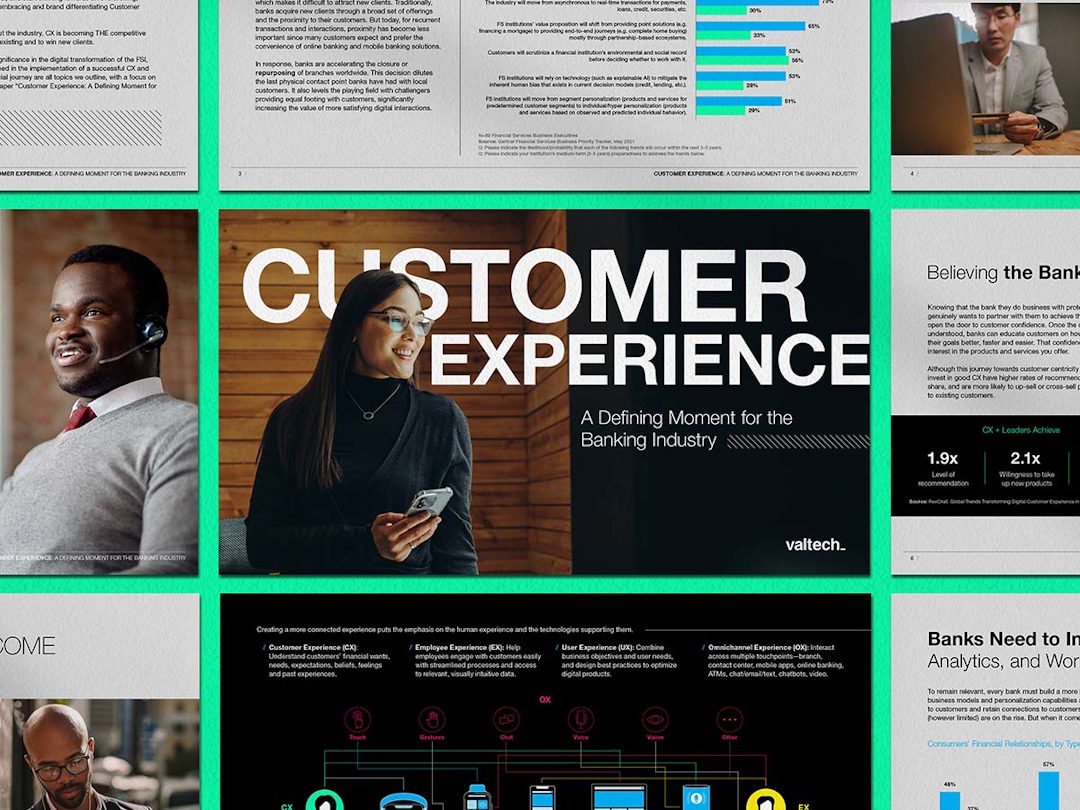8 Ways to Improve Customer Experience in Banking
Customer expectations are evolving. By keeping an eye not only on the trends in digital banking but also in CX improvements across industries, you can help to improve your CX strategy and find greater digital experience success.
1. Banking Customers Need Proactive Engagement
Meeting customers where they are is helpful for every industry, but within Banking in particular a lot of customers don’t consider their options until a major purchase looms or a life event happens. Because of this proactive engagement can be crucial.
- Educate customers – Banks can provide customers a better education about their products and services by asking questions and providing answers through engaging interactive tools versus making customers search and browse.
- Notify customers – Talk to your customers regarding billing, application status, announcements to keep customers up to date about their transactions
- Survey – Proactively ask for customer feedback to identify and understand unspoken needs. But remember to respect their time, making the interaction a two-way value exchange that provides rewards for their participation.
2. Customers Expect Easy to Use Live Assistance
When mapping your customer journeys:
- Discover common complaints
- Identify all the touchpoints customers have with your bank
- Know what types and forms of communications or interactions best fit the situation
